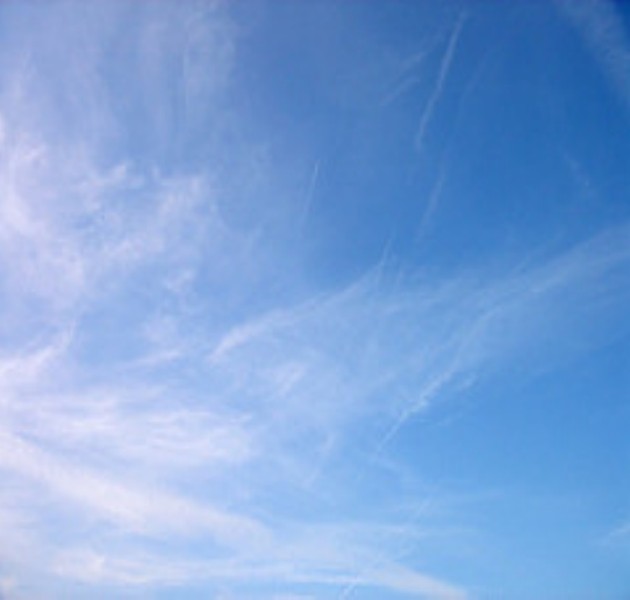
Andrew Ferrone 2006
A type of cloud composed of ice crystals and shaped like hair like filaments that may partly be aviation induced (linear and spreading cirrus).
Cirrus clouds formation occurs when the meteorological conditions (i.e supersaturated air with respect to ice) are favourable for the persistence of contrails that are transformed little by little into cirrus clouds. These clouds reflect solar radiation (during the day only ; cooling effect) towards the sky but absorb infra-red radiation from Earth (day and night, warming effect). Global impact is a warming effect that is even more intensified during the night (cf. no cooling effect).
It should be stressed that most of the water in these cirrus clouds comes from layers of supersaturated air in the upper troposphere through which the aircraft fly, the effect of contrails and aerosol emissions is catalytic, creating cloud condensation nuclei. It is only recently becoming possible to model such supersaturation patterns within global and regional climate models.
Illustration of cirrus clouds

Andrew Ferrone 2006
=> Glossary